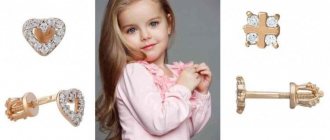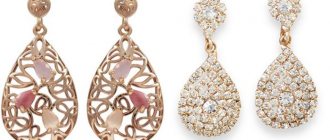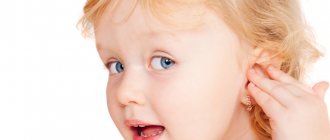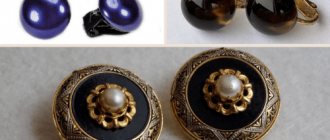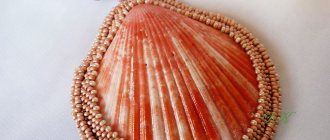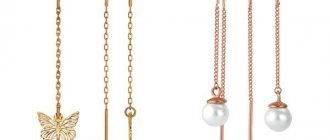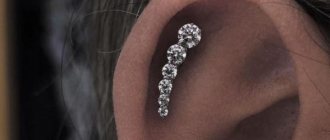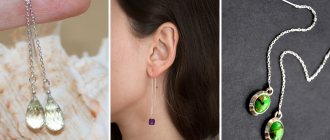On the Internet you can find a lot of information about what to wear with this or that jewelry, how to combine them this season. And how many publications are devoted to current jewelry trends! But little is said about technical aspects - it is assumed that this is already obvious.
Today we will fill this gap and tell you how to insert an earring into your ear with minimal loss of time and effort. Over time, you will probably get used to this process and will be able to put on jewelry in a matter of seconds, almost without looking in the mirror. But at first you will have to be patient: unpleasant and even painful sensations are possible, but what a prize!
Silver hoop earrings in the SUNLIGHT catalog
What you need to know before getting your ear pierced
A puncture is an injury. To prepare for it and not harm yourself, consider the following points Ear Piercing: What You Should To Know / WebMD.
It might hurt
Much depends on your sensitivity and individual pain threshold. Some people hardly notice any discomfort, while others may require local anesthesia - for example, in the form of an anesthetic cream. Whether this applies to you, only you yourself know.
You should not take painkillers before the procedure. But if you still decide to do this, choose products based on ibuprofen or paracetamol. But medications containing acetylsalicylic acid are contraindicated: they thin the blood and can lead to heavy bleeding.
You may notice blood
A little bleeding is normal when your ears are pierced. There is no need to treat the wound with anything: just press a clean, dry cloth onto it for 10–20 seconds.
A puncture can lead to health problems
Here are a few of the most common:
- Allergic reaction. Allergies are especially often triggered by jewelry made of nickel or brass.
- Infections of the skin and other body tissues. They can be recognized by swelling, redness, pain, and discharge that occurs in the area of manipulation.
- Scars and welts at the puncture site. Including keloid (bulging) ones.
- Diseases transmitted through blood. When piercing, if it is not performed under sterile conditions, there is a risk of becoming infected with hepatitis B and C, HIV and tetanus.
You need to take the choice of earrings seriously
Jewelry should have a pointed tip that will fit easily into a freshly pierced hole. Choose lightweight earrings weighing no more than 5 grams and about 10 millimeters long: these options can be worn even if the pierced part of the ear swells slightly.
If possible, buy products made from titanium or surgical steel: these materials are hypoallergenic, reduce the risk of inflammation and, according to Jewerly for initial piercings / Association of professional piercers of the Association of Professional Piercers of the United States, are better than others for the first time. But it is better to avoid gold and silver jewelry: jewelry alloys may contain substances that can cause allergies.
Do you know?
